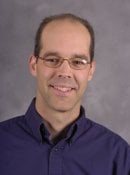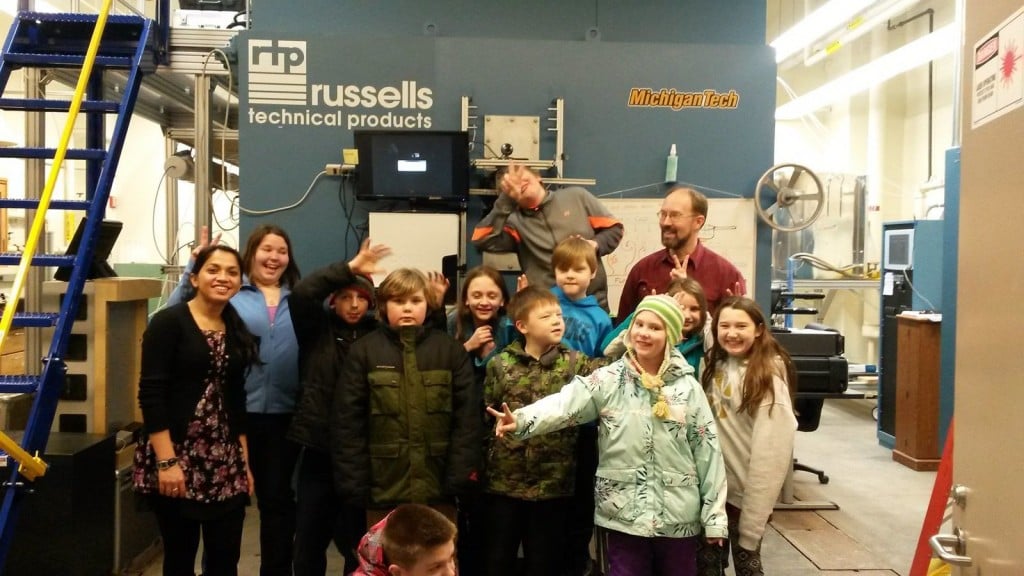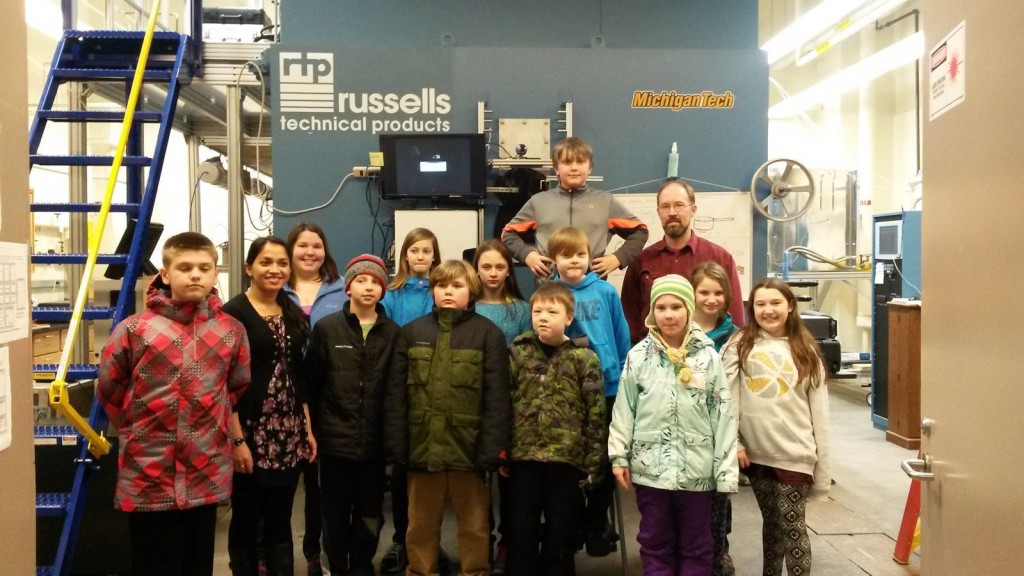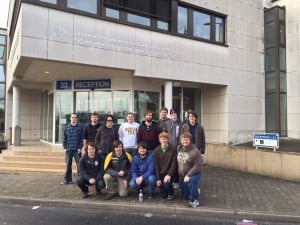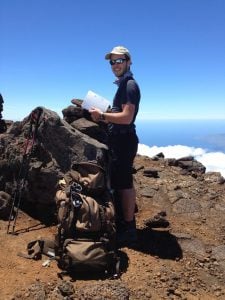 Andrea Baccarini is an Italian master student who graduated in Physics at the University of Trento in 2016. Andrea performed field research at the Pico Mountain Observatory in the Azores in collaboration with MTU faculty members. Recently, he described his field experience in the MTU “Unscripted: Science and Research” blog as a guest writer with an entry titled “On Top of the World“.
Andrea Baccarini is an Italian master student who graduated in Physics at the University of Trento in 2016. Andrea performed field research at the Pico Mountain Observatory in the Azores in collaboration with MTU faculty members. Recently, he described his field experience in the MTU “Unscripted: Science and Research” blog as a guest writer with an entry titled “On Top of the World“.
